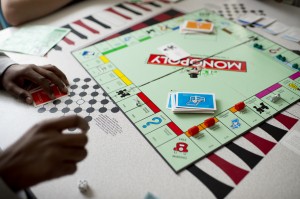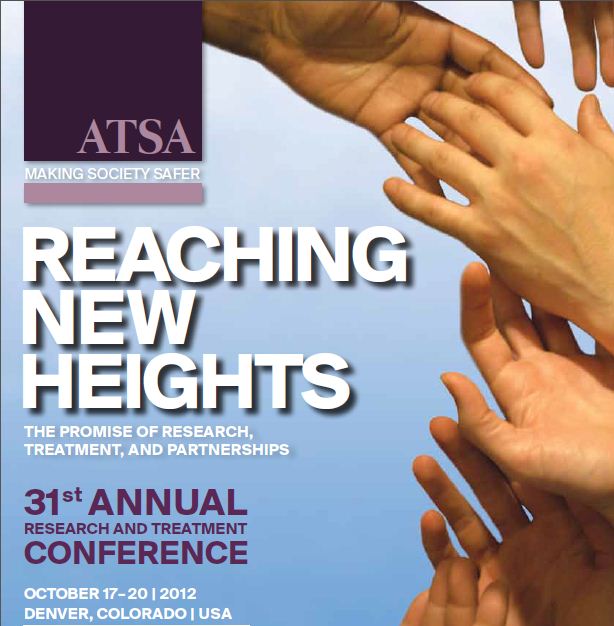The Good Lives Model
The Good Lives Model as Best Practice for the Treatment of Sexually Aggressive Youth

The Good Lives Model (GLM) of offender rehabilitation, initially developed by Tony Ward and his colleagues in 2003, is now emerging as a best practice model for the treatment of sexual offenders. This model, which is now integrated with Ward and Hudson’s Self-Regulation Model (SRM), offers a unique and comprehensive approach to the rehabilitation of sexual offenders. Since its introduction, the GLM has quickly gained international attention as a useful theory and practice model for general offender rehabilitation. New Hope Treatment Centers began incorporating both models into practice in 2006, and now views this integrated, strength- based approach as the cornerstone of treatment for adolescents with sexually offensive behavior problems.
Over the past 25 years or so, the predominate practice approaches used with juvenile sexual offenders consisted of traditional risk-based approaches, primarily Relapse Prevention (RP) and the Risk Needs Responsivity (RNR) models. While the GLM acknowledges the value of traditional risk-based approaches, it also recognizes that a risk-focused approach is insufficient to address all of the treatment needs commonly seen in this population. For decades, RP and RNR approaches to treatment were seen as best practice and few providers questioned their efficacy or bothered to venture beyond their limitations. The GLM outlines a patient-centered, holistic approach to rehabilitation, which emphasizes the qualities of life that are important to the client. Ward defines these qualities as” Primary Goods”. The model also examines the concrete activities one uses to obtain these Primary Goods. These activities are defined as “Secondary Goods”. The goal(s) of therapy when utilizing the GLM include; determining the Primary Goods that are important to the client and reinforcing their importance, helping the client see and overcome barriers to obtaining these goods, helping the client understand the relationship of primary goods to their offending behavior, and ultimately building each client’s capacity to attain the goods they want in socially acceptable, non-offensive ways.
This client-centered process draws upon the strengths of the client, which is counter to the traditional problem focused, or diagnosis-driven approach to care and treatment. In our experience at New Hope, clients appreciate this radical shift in how they are approached in treatment, and as a result are more motivated to engage and participate in treatment. From a research and common sense approach, we know that the level of internal motivation or engagement in the treatment process is directly related to positive outcomes, so in that regard alone, the GLM starts out light years ahead of the traditional risk-based models. This model also promotes a Rogerian style by promoting autonomy, focusing on strengths, and maintaining unconditional positive regard for the client. The style and underpinnings for the Good Lives model are not only a very comfortable fit for most clinicians, but we know from research and practice that clients respond better to this type of approach. In addition, the GLM allows practitioners to move beyond the traditional, stigmatized risk-based approach, which focuses solely on preventing the problematic behavior of sexual offending. The Good Lives Model challenges clients to look at core schemas and the ways in which clients go about getting their needs met in general. By shifting away from constant attention in therapy being paid to the highly stigmatized deviant sexual behaviors, and instead looking at more general beliefs and problem- solving techniques, practitioners at New Hope report being better able to keep clients engaged in and motivated for treatment. This a critical leap forward in ensuring clients complete treatment and benefit from the experience. Adolescents in treatment at New Hope demonstrate excitement when discussing their life ambitions, and enjoy working with their families to develop better “Good Lives Plans”. The improved motivation and comfort with therapy is a fresh change for those of us who struggled for years in helping adolescents get comfortable discussing relapse prevention strategies, particularly when we require them to discuss their sexual deviance with parents and caregivers. The Good Lives Model gives us a positive window into therapy, and offers a therapeutic route to help our clients explore their lives in great detail, without needing to pay constant attention to the problem behavior which typically brought them to treatment.
Best practice is typically defined as “the methods or techniques which are widely accepted by the experts in the field of study”. It’s easy to see how the basic underpinnings of the GLM fit this definition of best practice. Nowadays, therapists almost universally embrace a Rogerian style and strength-based approach. For example, Motivational Interviewing is gaining widespread attention as a best- practice technique, by emphasizing the value of getting and keeping clients engaged in treatment by simply focusing on the ambivalence they are experiencing regarding change. Using a holistic model that helps clients change core beliefs and build better coping strategies intuitively makes sense as best practice. The Good Lives Model incorporates all of these well- accepted philosophies and strategies. It provides a comprehensive theory, guides clinical practice, embraces client’s strengths, and works to help each person develop a comprehensive plan for improving his/her life.
Sam E. Phifer, LCSW

